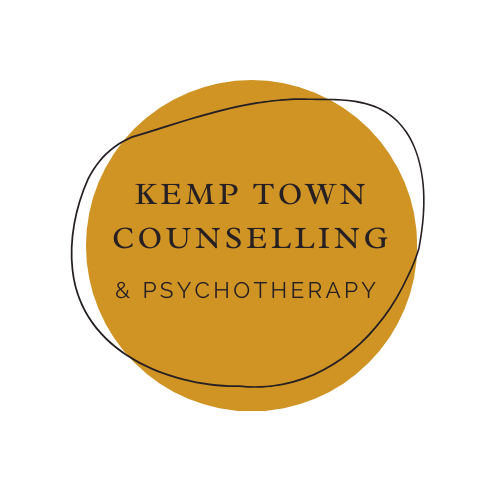“Art as therapy” - How art can improve your life
What purpose does art serve? And why has it’s presence been so important to the development of humankind? Art can weave philosophy, literature, myth, legend and politics onto one canvas. Therapy can be an exploration of those topics and how they impact an individual, their family systems or the greater society system they sit within. This is why De Botton & Armstrong’s book (2016), “Art as Therapy” argues, quite convincingly, that art could change your life.
Art has served many agendas - for propaganda of religion, war, to capture mythical stories and more. Art has influenced and demonstrated how one might feel to the varied emotional experience of humankind from renaissance to political cartoons. Even in the religious paintings of Raphael or Dali, there is the message that though Jesus lead a ‘good’ life, he too had to endure pain, suffering and loss, much like all humans (Pg.52). Mere mortals and Gods both share emotional experiences and the universality of that fact offers a degree of reassurance that if the Gods can endure, then so can we. The renaissance period offered us an idealised version of love whilst simultaneously expressing our inner most desires as to how we want to experience love. Art has had the power to influence culture and our understanding of emotions for centuries. It has served as a form of escapism and guidance for all who take the time to consider the art that they see before them.
De Botton & Armstrong (2016) consider the benefits to a person seeing a sprawling landscape photographed or carefully depicted forest painting in order to once again connect with the lost part of our selves and our connection to nature. Or how the uniformity and order of a building’s architecture can soothe our desire for order, or if the building is unusual and jarring so promotes a reaction of distaste to the unexpected.
Art as Therapy suggest that rather than reading the small notes as the side of an exhibition, that a person takes the time to note their initial responses to a piece of art - what it is they’re drawn to or repulsed by within the art. Is the painting dark or the sculpture lacking in organic form? Do we immediately love a piece and yet can’t seem to find words to explain why or what we love about it? Do we suffer from an unconscious societal expectation that we have to find the Mona Lisa’s smile the most beautiful in the world otherwise we fear being devoid of taste by societal standards? Using art as a tool for reflection can serve as a tool to deeper understand our inner workings, what it is we long for in our life, what it is that is missing. Freud used art to inform his theories and understandings of the human condition, as he believed art was the physical representation of the repressed aspects of oneself - which is the basis of what De Botton & Armstrong expand upon.
The book explores the Seven Functions of Art and the parallels it has with the therapeutic process:
Remembering
Hope
Sorrow
Rebalancing
Self-Understanding
Growth
Appreciation
De Botton & Armstrong’s book takes the reader on a walk through several facets of the human experience and the systems we sit within, to ponder and provoke thought around how people might benefit from seeing and experiencing more art around them. Their idea is not only applicable to pictures we may hang on walls, but also to street art, architecture and immersive art. Having been taught art at school, my memory of it was to study the artists who were deemed to be great and who I had no real connection to. If we take De Botton & Armstrong’s art manifesto seriously, it would mean rewriting how we introduce children, and adults, to art. A melding of the artistry of therapy and a knowledge of artwork would mean those teaching and selling art would set aside time to understand what it is that a person may be missing in their shadow self, soul or psyche and as such which artworks would fulfil their unconscious void in order for the individual to experience a sense of wholeness when they look at. Truly connecting with art in a mind and soul way.
Having recently read the book I felt it was a manifesto for change. For bringing art alive and accessible again, to understand the transformative and emotive powers that can sit behind the connections we attach or experience when seeing artwork that moves us in some way. It has also provoked my own reflections on why I’m drawn to the artwork and crafts around me, and an understanding about how important I feel creativity and permission to play are for people of all ages. As a therapist, the book has lead me to consider the richness of imagery a client may describe from dreams, or their reactions to artwork in my therapy space, and how that may (or may not) resonate with aspects of themselves.
Reading ‘Art as Therapy’ has most definitely provided me with a new lens through which I view the art around me which is why I feel so excited by it.
Perhaps you have a favourite piece of art in your home or office? How would you describe it? And if you’ve several pieces or artwork around your home, do they have a theme - or not? What would that theme say about a part of yourself that may be painful to acknowledge?


